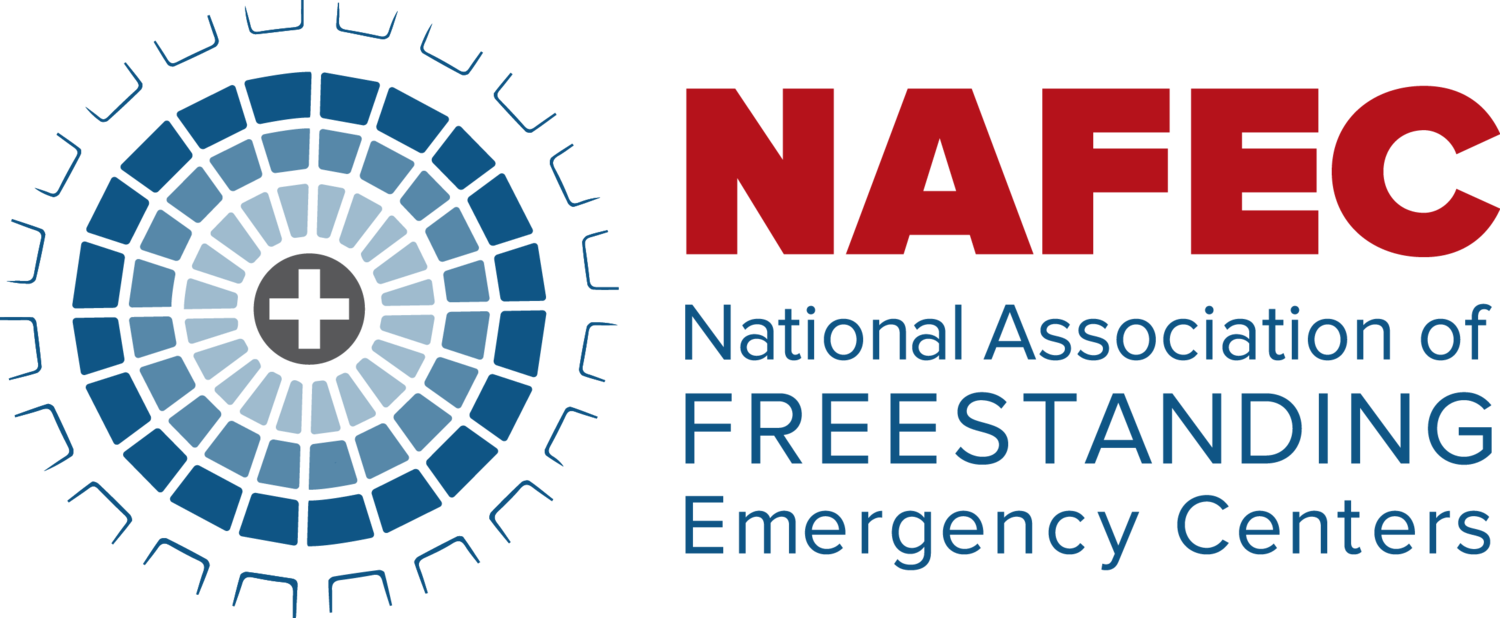Applying Medicare/Medicaid to FEC-Administered Care
The creation of the freestanding emergency center (FEC) industry in Texas sparked the rapid growth of FEC facilities across the state and now across the country. Initially, FEC operators owned only a few facilities in major markets with high demand for emergency care. Currently, however, we are seeing FEC operators expand into more rural areas, which tend to have higher rates of Medicare/Medicaid patients. This begs the question, how does Medicare and Medicaid apply to FECs?
Because FECs were mostly concentrated in Texas and Colorado early on, the Centers for Medicare & Medicaid Services (CMS) has not yet recognized non-hospital freestanding emergency centers as a viable option for receiving emergency care in the US. Therefore, those FEC facilities do not receive reimbursement for care provided to Medicare/Medicaid patients.
So what does this mean for patients?
FECs are legally obligated to offer a medical screening to all patients that walk in their doors, regardless of their health insurance or ability to pay. In the event of a medical emergency, all patients will be stabilized and treated with the highest quality of care.
From a business perspective, treating patients without any expectation of compensation for your services is not ideal. Each year FECs administer millions of dollars in free emergency medical care to Medicare/Medicaid patients. For this reason, many FEC operators avoid locating in geographic areas with high concentrations of Medicare/Medicaid patients. But the reality is that until FECs receive fair compensation for treating these patients, it’s not likely FECs will venture into these rural areas, which are typically the areas most in need of increased access to emergency medical care.
The National Association of Freestanding Emergency Centers (NAFEC) is a newly formed association that advocates for growth and fair regulation of the FEC industry nationwide. A primary focus for this association will be securing CMS recognition and reimbursement for FECs, which will have a substantial, positive impact on the overall healthcare structure and how patients receive treatment.
